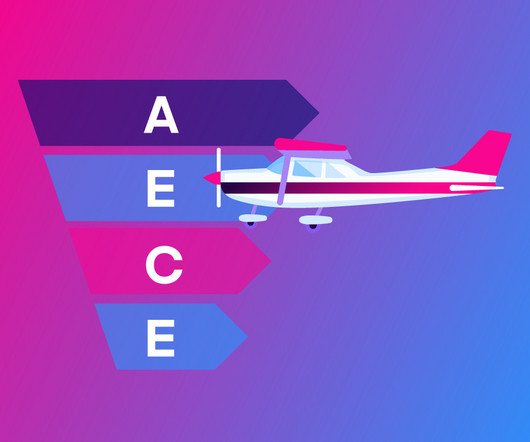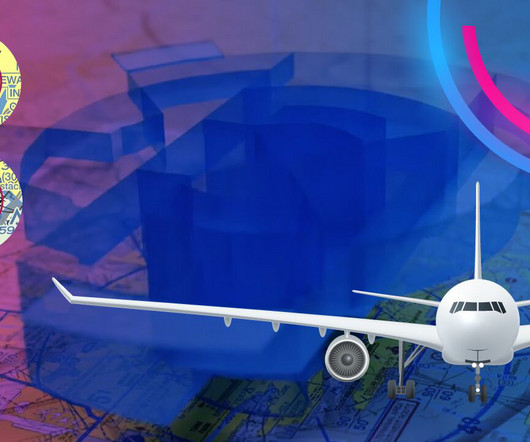Trial by Ice
Air Facts
MAY 5, 2025
Our NIFA team of pilots would travel to other colleges and compete in sanctioned competition involving precise navigation, pre-flight inspections, accuracy landings, and simulated bomb drops into a barrel from 100 AGL feet using bean bags as bombs. I was familiar with this company and knew they flew Cessna 206s and the twin engine Cessna 402.











Let's personalize your content